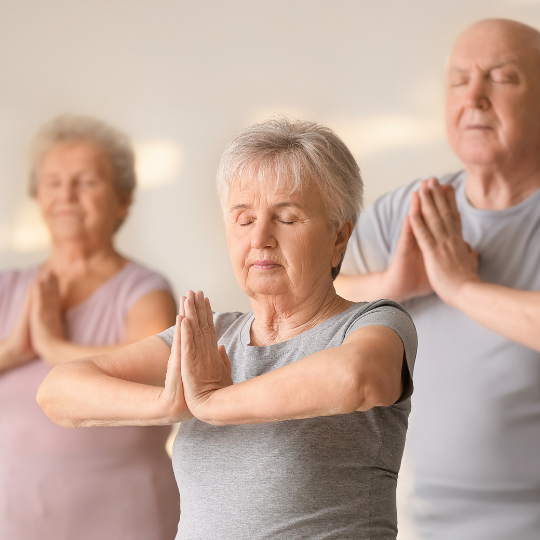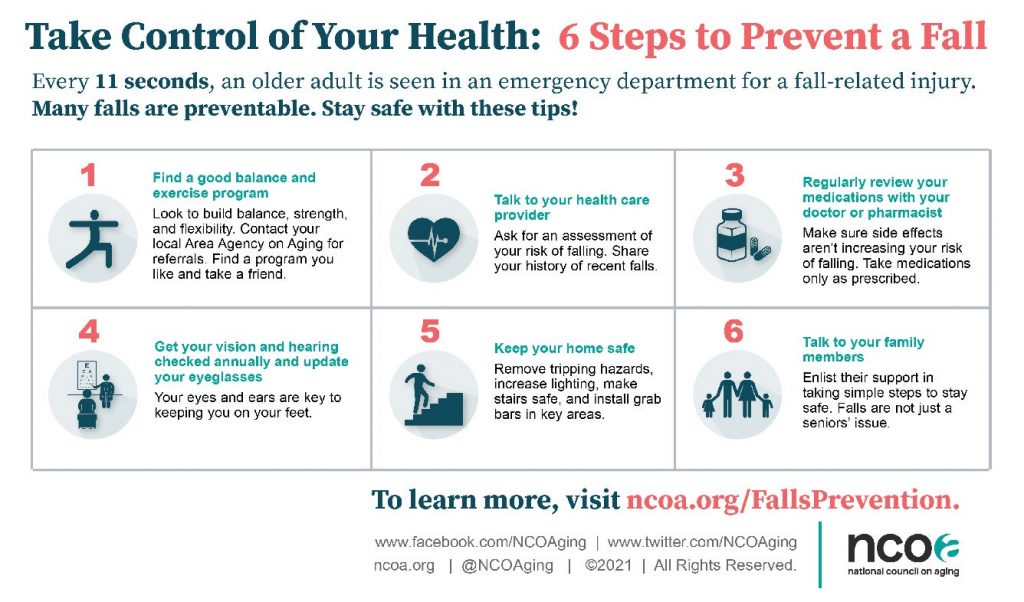Having a safe place to share the little known truth of what’s going on with your family can be incredibly empowering, like with Jessie.
- Jessie’s mom had suffered from undiagnosed mental illness for most of her life. Now at 62, divorced from their father and living with Jessie’s sister, her mother’s behavior was becoming unmanageable for both Jessie and her sister. They had been immobilized by their mother’s mental illness for years and had no clear understanding of their options.
- Jessie’s Ways & Wane care advisor provided possible solutions, including the steps for establishing guardianship in their state. Jessie shared: “I provided [Ways & Wane] with a multitude of issues/problems and they have provided me with as much, and even more, in possible solutions.”
- After her work with us, she described herself as having “optimism and hope” for her family’s future for the first time in a long time.



